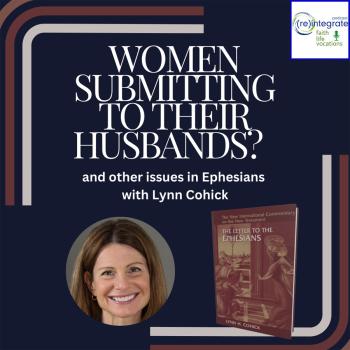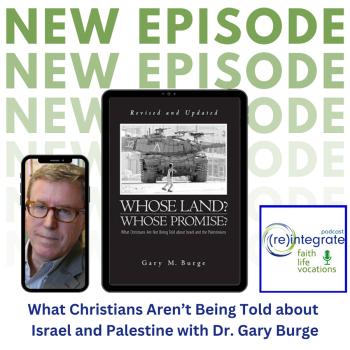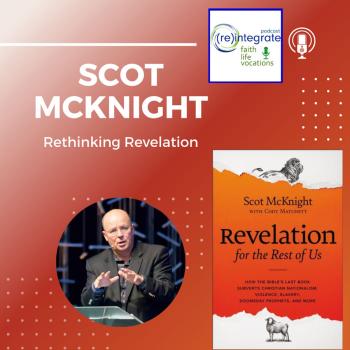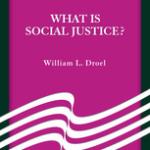Best Practices for Pastors

For my doctoral dissertation, my research discovered how pastors lead congregants to participate in the mission God through their vocations. What did the pastors do in their discipleship paradigms? What challenges did they face? What were the results of their efforts? I interviewed pastors from around the country who were dedicated to seeing people reintegrate their faith with all of life, especially their various vocations.
Based on that research, I’ve identified some best practices for pastors who would like to see their congregants live as whole-life disciples, where every aspect of their lives are participating in the mission of God in our world.
In the following weeks, I’m going to post the final chapter of the dissertation, where I have a discussion of my findings and provide recommendations.
Preach Sermons that Tell the Overarching Biblical Story
Individual sermons and sermon series should be regularly preached that tell the overarching story. New people may not have heard this story, and those who have heard it before will need to constantly be reminded of what God’s mission is and how we participate in that mission.
Many of the pastors I interviewed stated that they were intentional in laying a worldview foundation in their churches that framed the biblical story as Creation / Fall / Redemption / Consummation. They were convinced that if Christians understood the four-chapter gospel story, it would open up opportunities for more fruitful ministry in and through their congregants’ vocations.
CFRC – Helps Make the Entire Bible Make Sense
Jack said that early in his pastoral ministry, he did not have “CFRC as a navigational guide,” but he eventually had come to appreciate it as “the common thread of canonical coherence, and the importance hermeneutically of seeing the whole story and keeping the whole story in front of me starting from creation to consummation.” He admits that “there’s always this danger of reductionism” by just focusing in on the CFRC storyline because of “the infinite complexity of the biblical story,” but he stated that for his own understanding and for the good of his congregation’s understanding, “it’s true that it can work as a sign post, giving you more clarity from the infinite complexity of the text. These sign posts, like CFRC—which I think is one of the best—I needed that. I use it all the time, so I like it of all the sign posts, the best.”
Dave’s church goes even further with it: “Our liturgy is framed by the four-part story of redemption. Our bulletin is creation, fall, redemption, consummation.” While he says that the elements of the service “might seem like a familiar Presbyterian worship service,” they are intentional is how they frame things. “Right there we are saying, even from our call to worship, that this is important.” The first chapter of the story gets significant emphasis in Dave’s church. “For instance, we are weekly celebrating physical things, communicating that in the care we try to put into even the kind of bread we use for communion bought from a local bakery which also reflects our commitment to the neighborhood, a bakery down the street. We believe that aesthetics matter; we’re not disembodied souls connecting with God.” Dave sees this as foundational to his ministry of connecting vocation with the faith: “These are two or three steps moved from the topic of work per se, but I do believe it goes a long way in shaping people’s worldview which is the key to the practice of their faith out there in the world.”
Steve, in planting his church, states that “I mostly focus my energy on laying down the groundwork theologically, worldview wise, to what I think will best shape us long term.” For his church, it is especially the Creation Mandate vision where a theology of vocation plays a part: “There is great dignity in our everyday work and that following Christ includes your vocations, in tending the garden, cultivating the creation, and being good stewards of it. We’ve kind of played a little with the nomenclature but we say, ‘Following Christ in all aspects of our lives.’”
CFRC Could be the Best Gospel Presentation for Non-Believers.
Dave has found the four-part gospel story to be helpful in his outreach to non-believers. “My ‘Gospel presentation’ to non-Christians almost always involves the four-chapter story of redemption because I think non-Christians resonate most with chapters one and four, which is exactly the chapters that the last generation of evangelists and churches left out.
He went on to say, “This generation of non-Christians believes that if God does exist, and if he did make all things that he made it good.”
CFRC Tells the Full Story of What We are Participating In
Each chapter of the the Creation / Fall / Redemption / Consummation story directly addresses different aspects of the lives of God’s people and the work they do in the world. Our sermons are meant to call every Christian “to be an agent of the Kingdom of Jesus Christ, wherever they are called by God to serve,” [1] because “the restoration in Christ of creation and the coming of the kingdom of God are one and the same.”[2]
Many of the pastors said that it was very important, as Steve said, to “focus my energy on laying down the groundwork theologically, worldview wise, to what I think will best shape us long term.”
[1] Richard Mouw, When the Kings Come Marching in, 5.
[2] Albert Wolters, Creation Regained, 73.
Image by Stanley Zimny. Used with permission. Sourced via Flickr.













